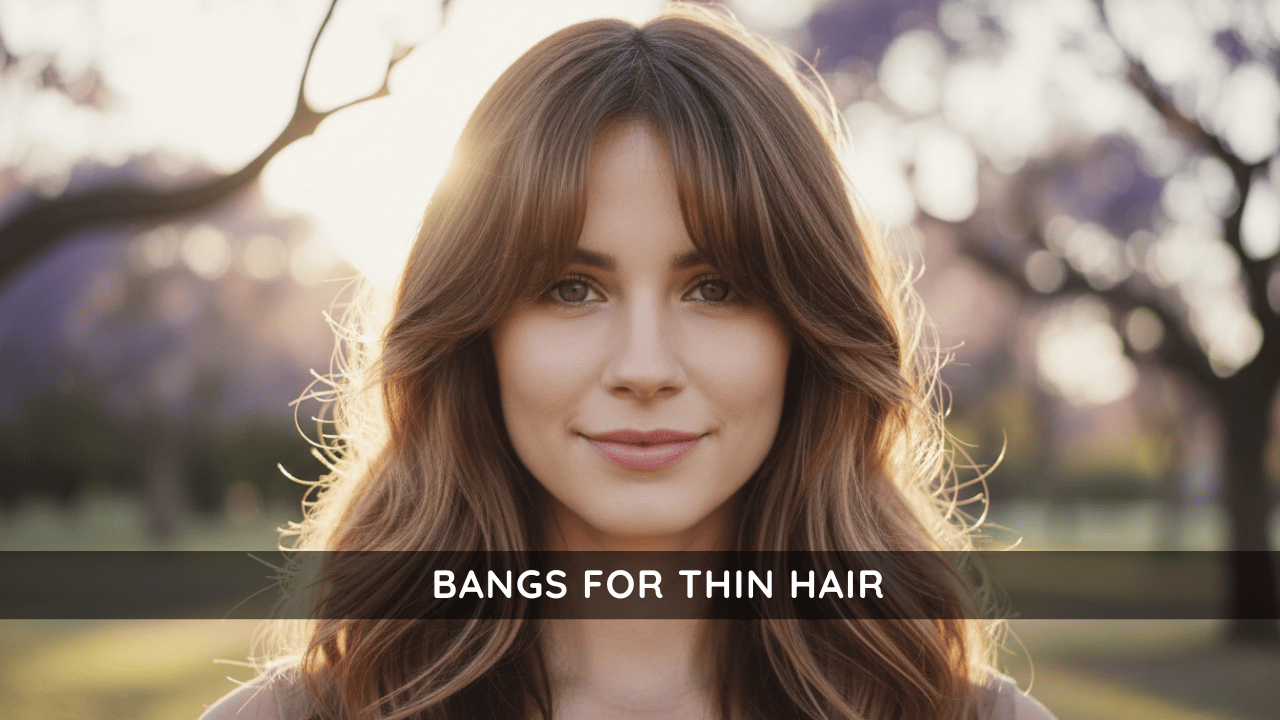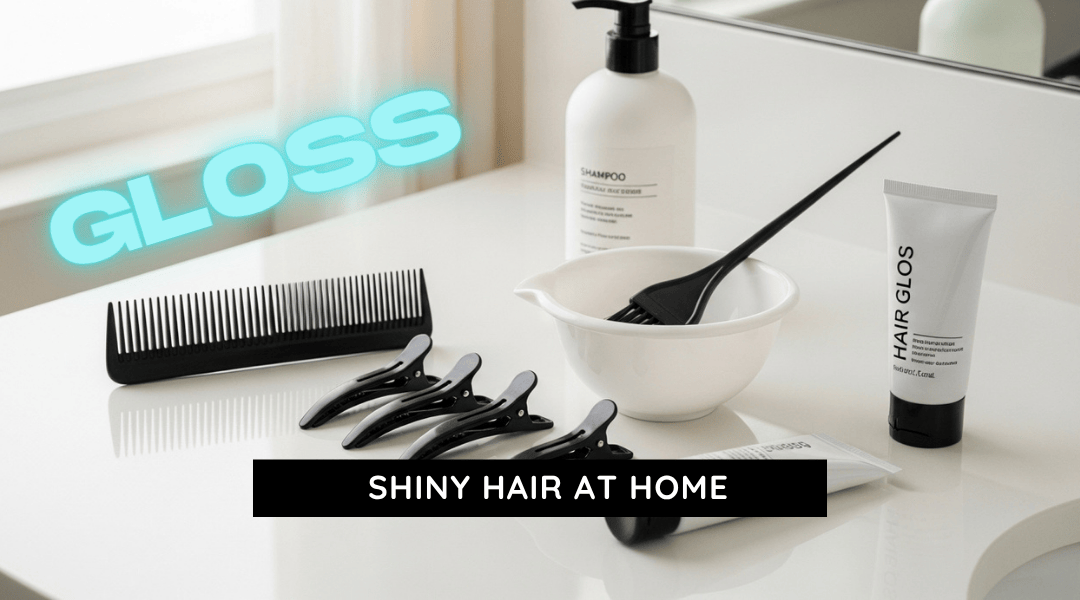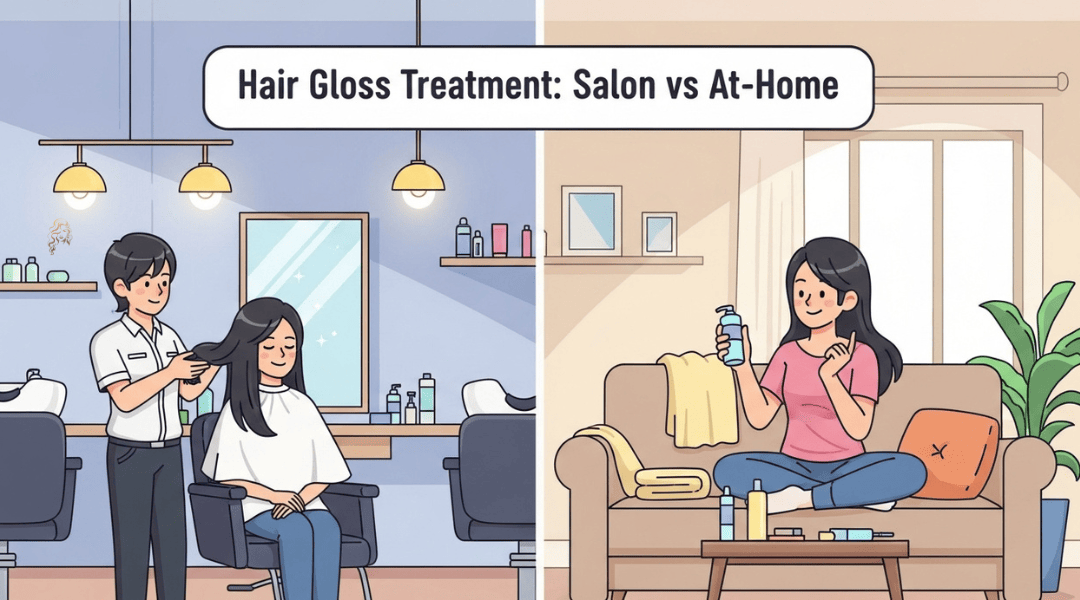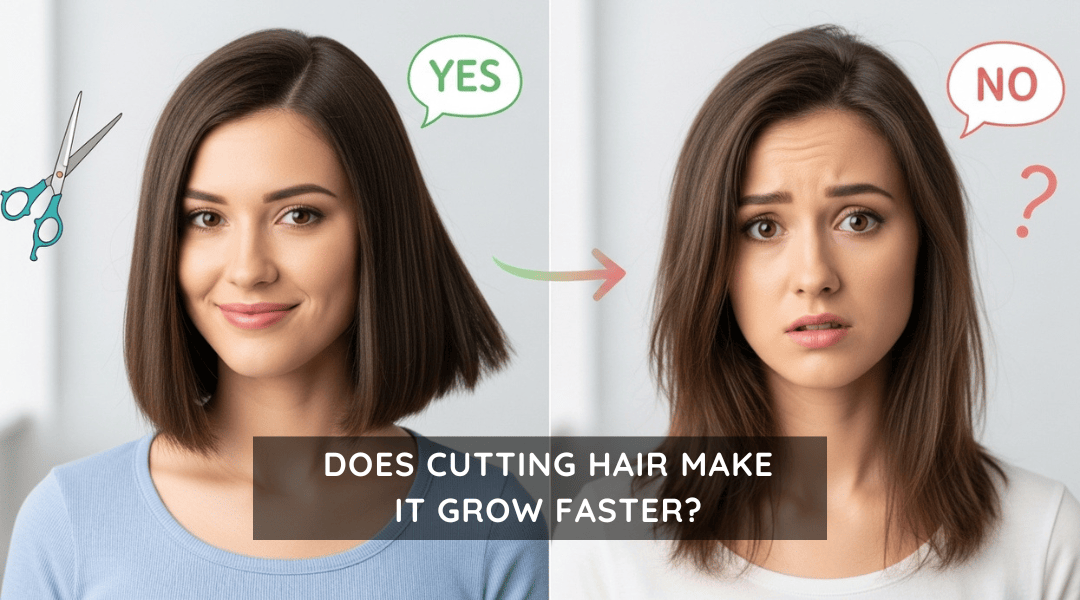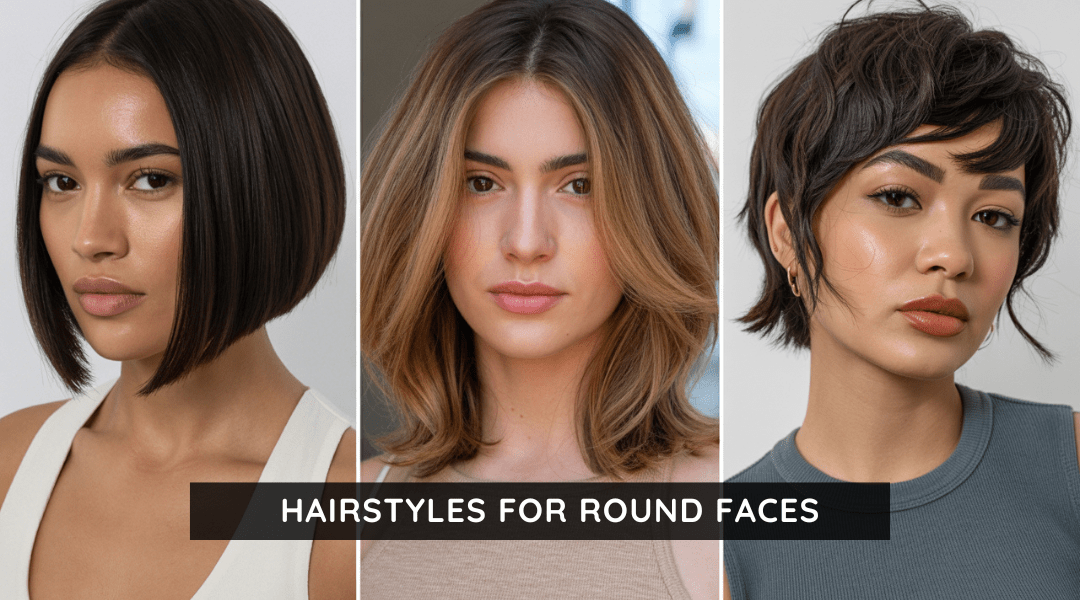Hair Gloss vs Hair Glaze: Key Differences (Evidence-Backed Guide)
- Written by: Riley Lane
- Reviewed by: Riley Lane
- Updated: October 4, 2025
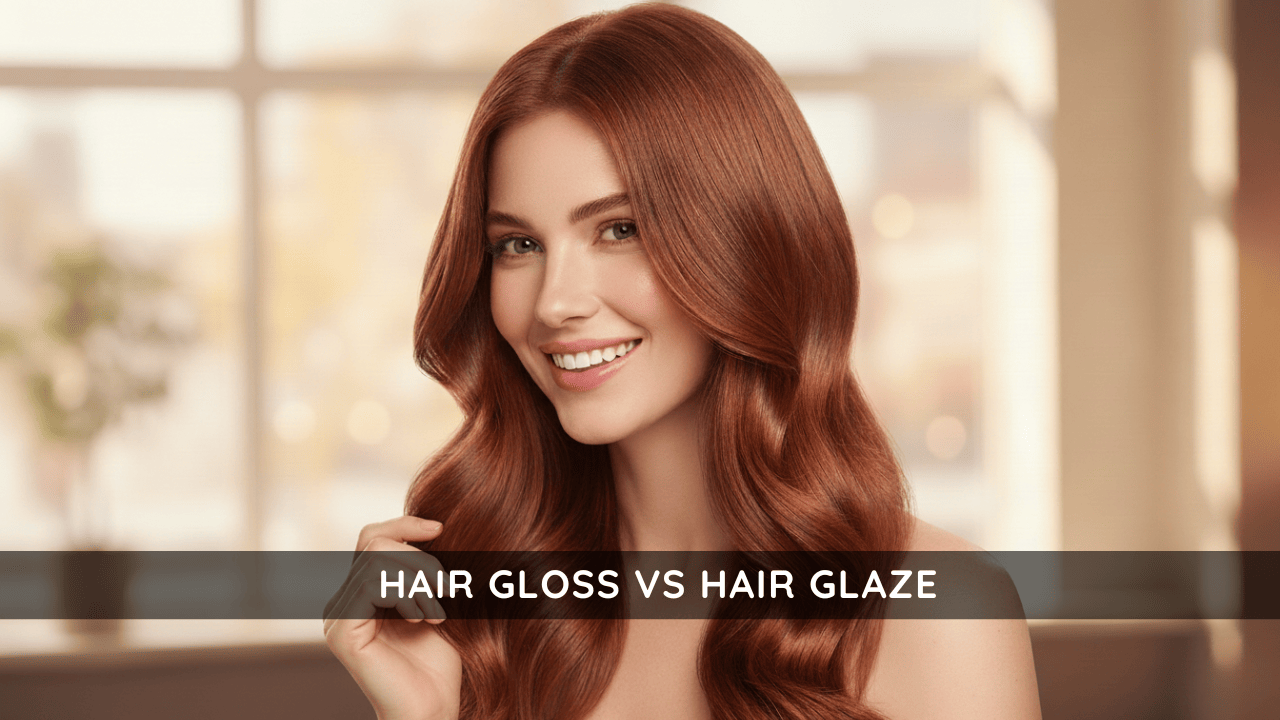
When clients ask whether a gloss or a glaze will give better results, they are usually weighing longevity, tone control, shine, and how each option behaves on their specific hair type. This guide compares them directly using editor-reviewed explainers and real-world community input. We adhere to definitions such as penetration versus surface coating, durability in weeks versus days, and the realistic type of color shift, as well as where results can appear subtle or short-lived. We also highlight risks like dryness from overuse, fragrance concerns, and the ongoing debate about moisture block from silicone-heavy formulas. Where sources diverge, we flag a clear tension note so readers understand limits and variability in outcomes.
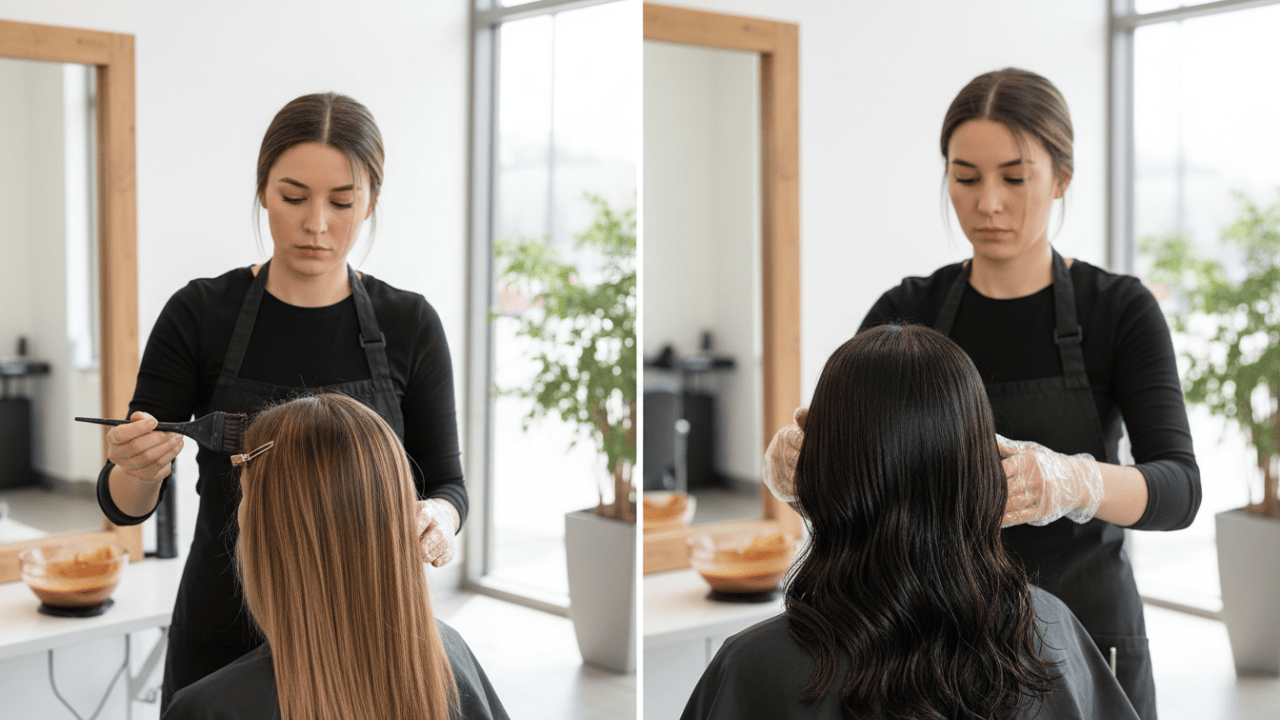
What Is Hair Gloss? What Is Hair Glaze?
Hair gloss is a tone-refining treatment that penetrates the cuticle to add shine and subtle color adjustment, with results that typically last 4 to 6 weeks.
Hair glaze is a surface coating that boosts shine with minimal tonal change, and its effect generally fades in 1 to 2 weeks.
The core difference: gloss penetrates for tone and shine that typically lasts 4-6 weeks, while glaze coats the surface for quick shine that generally fades in 1-2 weeks.
Core Mechanism: How They Work
What a gloss does
A hair gloss penetrates the hair cuticle to deposit tone and relies on a chemical process to work. This is positioned as a deeper, longer-impact approach compared with surface coats. One source notes it is not recommended for virgin hair. Pros include tone refinement and longer impact. Cons include the presence of a chemical reaction and suitability caveats for certain hair types.
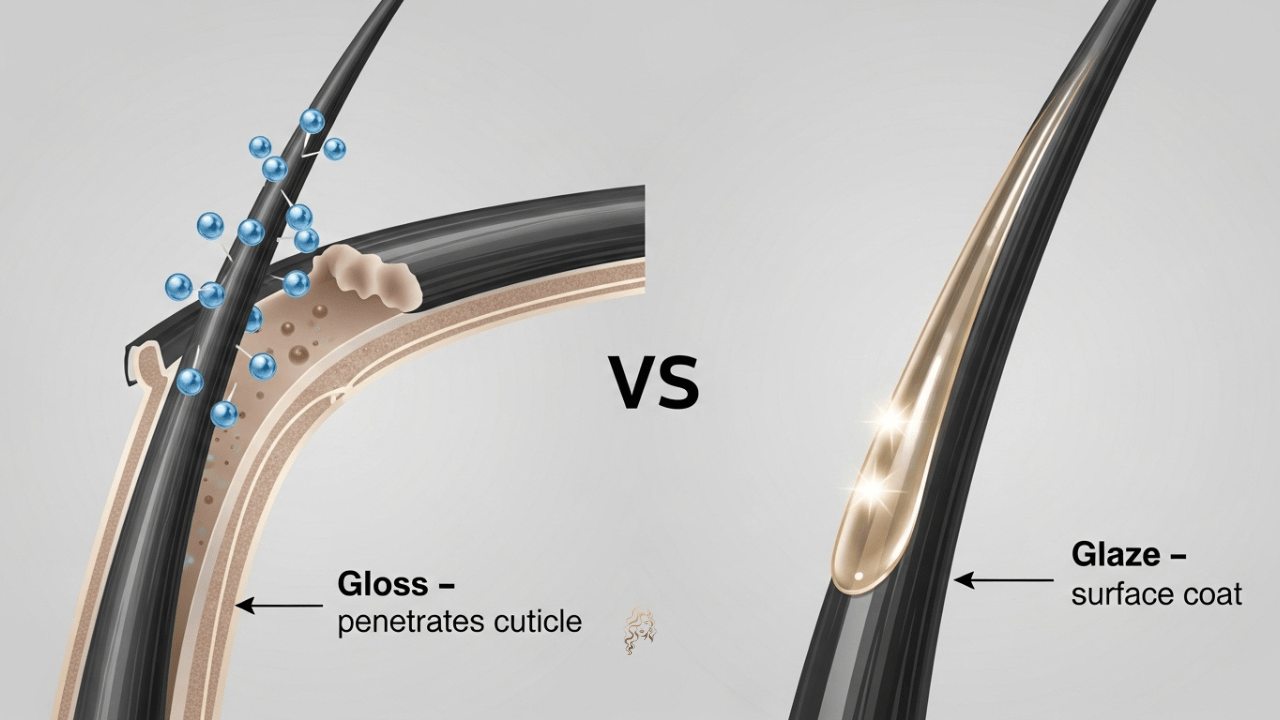
What a glaze does
A hair glaze coats the hair surface to deliver shine with minimal tonal change. Pros include an immediate glossy look and simplicity. Cons include superficial impact and faster fade.
Longevity & Fade Profile
What to expect over time
Glosses generally last about 4 to 6 weeks, which many salon guests prefer when they want results that persist through multiple washes. Glazes typically last about 1 to 2 weeks, which aligns with their surface-level mechanism and shorter durability.
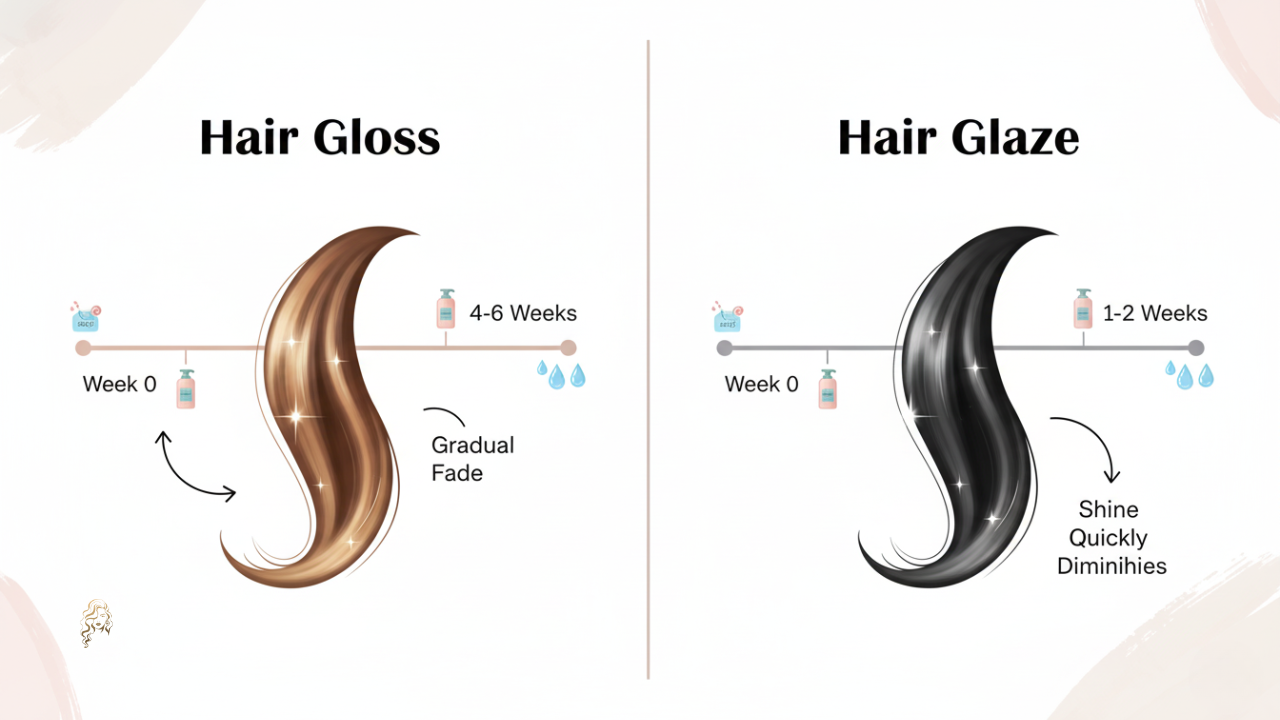
Factors that influence fade
The dataset indicates that everyday routines matter. Community notes point to maintenance choices like using sulfate-free shampoo and similar care decisions as relevant to longevity, without prescribing step-by-step schedules here.
Color Shift & Toning Capability
Tone refresh versus minimal tint
A gloss refines tone and is useful for refreshing faded dye rather than delivering a permanent color change. Community members and editors align that it functions well as a toning or refresh step.
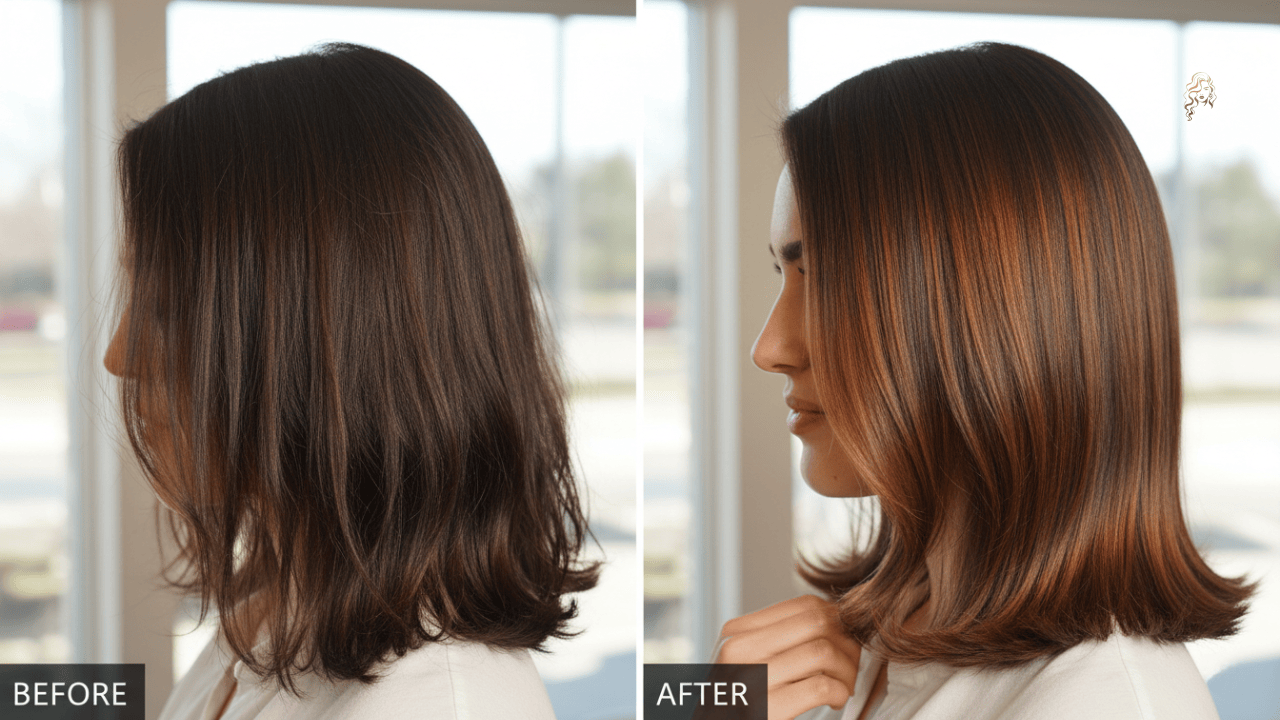
A glaze delivers shine and conditioning with minimal tonal change, which means it is better for polish than meaningful color shifts.
Expectation setting
Community threads caution that some influencer-level transformations are affected by lighting, filters, and additional products. Results in natural light tend to be subtler than social posts suggest.
Finish & Feel: Shine, Frizz, Smoothness
Gloss outcomes
Many salon guests and editors report that a gloss can add shine, help combat frizz and dryness, and create a sleeker look. Some experiences are modest rather than dramatic, which is important for expectation management.
Glaze outcomes
A glaze can provide noticeable surface shine and a smoother feel. The trade-off is that this effect is primarily a surface coat and fades faster.
Hair Type Suitability
Virgin and color-treated hair
One source cautions that gloss is not recommended for virgin hair, while editorial guidance elsewhere notes that clear glosses can also be used on virgin hair for shine and a softer look. Readers should weigh these positions and consider goals like tone refinement versus simple shine.
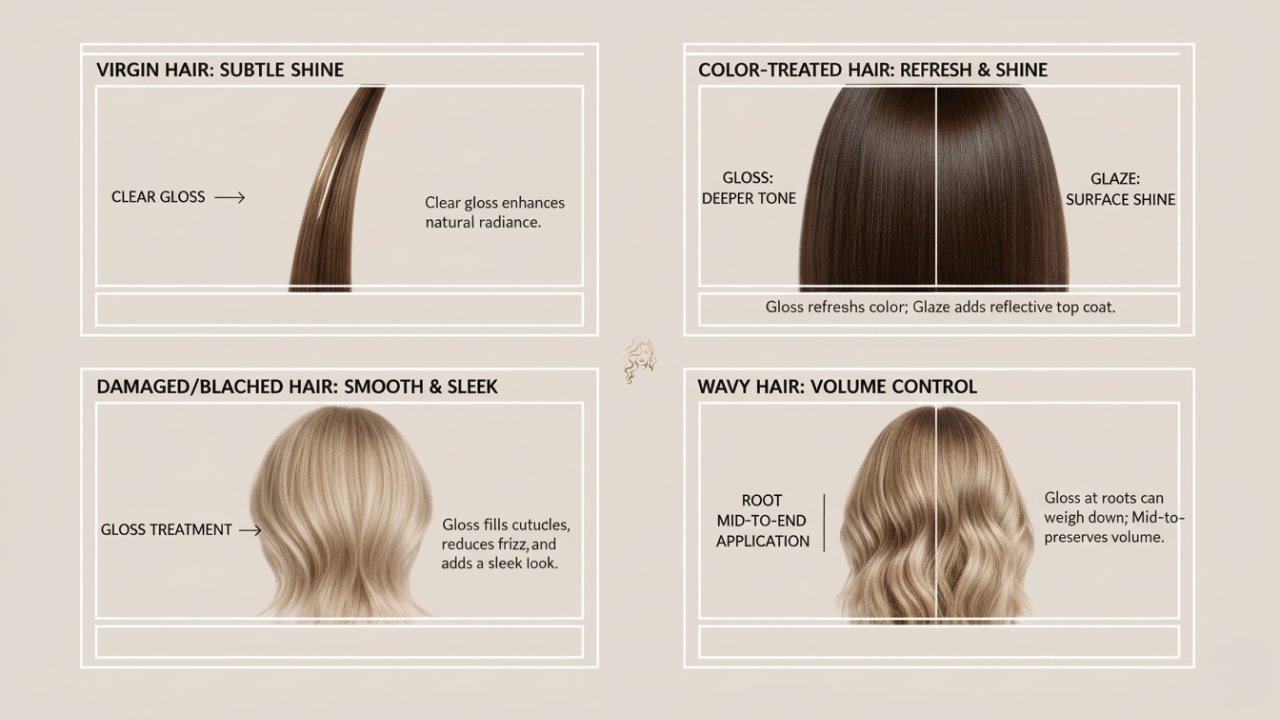
For color-treated hair, gloss is positioned as a strong option to refresh tone between color services. A glaze suits those who want quick surface shine without deeper tonal change.
Damaged or bleached hair
Some reviewers with damaged or bleached hair report a sleeker appearance after glossing. This remains experience-based and may vary.
Fine or wavy hair
The wavy-hair crowd often notes that gloss can flatten waves if applied at the roots. Many at-home glossers report applying from ears down to preserve volume, with a focus on mids to ends. This is a placement insight rather than a full application guide. Learn more here about the application of gloss at home.
Practicalities That Affect Choice
Ease and placement
Glaze is widely described as easy to use at home, including both clear and tinted options, which can be appealing for low-effort shine. Gloss requires processing time and is treated as a more involved option.
Fine-haired folks who want to preserve volume in waves often avoid gloss at the roots and apply from mids to ends, which aligns with the wave-flattening notes above.
Fragrance considerations
Community members sometimes report strong or sweet fragrance in certain gloss products, which may be a drawback for fragrance-sensitive readers. The dataset points to interest in unscented paths, without listing brand picks here.
Safety & Risk Profile
Chemical context and dryness risk
A gloss involves a chemical reaction that opens the cuticle, which is part of why some view it as more intensive than a glaze. The dataset includes a caution that gloss is not recommended for virgin hair from one source. Overuse of chemical gloss can be drying, so frequency awareness matters.
Moisture dynamics and coating effects
A glaze functions as a surface coat and is often framed as lower risk. Some forum contributors suggest that silicone-rich coats can temporarily block moisture. This is presented as a caution rather than a universal rule.
Alternatives With Comparative Relevance
Acidic rinse as a lightweight shine step
A vinegar rinse that lowers pH can create a temporary shine by closing the cuticle. Community contributors frame this as a quick, inexpensive way to approximate a glaze-like surface finish, not a replacement for a gloss that deposits tone.
Expectation Setting: Real-World Results
Influencer videos often benefit from lighting and filters, which can exaggerate shine. In natural light, results from both gloss and glaze usually appear subtler. This is a recurring theme in community threads, and it is useful for aligning expectations before choosing a service.
Comparison Table
| Dimension | Gloss | Glaze |
|---|---|---|
| Mechanism | Penetrates to deposit tone. Involves a chemical process. One source advises it is not recommended for virgin hair. | Coats the surface for shine with minimal tonal change. |
| Longevity | About 4 to 6 weeks. | About 1 to 2 weeks. |
| Color/Tone Effect | Good for tone refresh and refining faded dye. Not a permanent color. | Minimal tonal change. Shine and conditioning are the main benefits. |
| Shine/Smoothness | Can add shine and help with frizz and dryness. Effects may be modest for some. | Noticeable surface shine with a smoother feel that fades faster. |
| Hair-Type Fit | Useful for refreshing color. Those with bleached ends sometimes report sleeker results. Wavy or fine hair may prefer mids-to-ends placement. One source advises against virgin hair use. | Safe and easy at home. Surface benefits apply to virgin hair seeking shine without deeper change. |
| Ease of Use | Requires processing time and more involved handling. | Easy DIY including clear and tinted options. |
| Risks/Sensitivity | Overuse can be drying. Chemical context matters for suitability. | Lower risk as a surface coat. Some forum contributors raise moisture-block concerns. |
| Expectations | Natural-light results are often subtler than influencer content. | Quick shine that often fades faster than expected. |
Closing
Choosing between gloss and glaze comes down to goals. If you want a tone refresh that persists for weeks, gloss aligns with that brief and brings polish when managed thoughtfully. If you want quick surface shine with low effort, glaze keeps the focus on a bright finish that is easy to apply and easy to live with. Use the durability, color-shift potential, hair-type notes, and the risk profiles above to match the option to your context. Keep expectations grounded in natural-light results and the evidence in this dataset.


